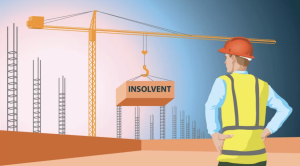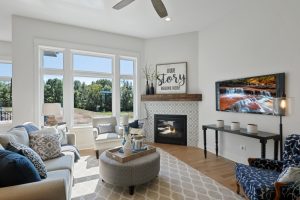The short answer is the cost of the build is what it is. The consumer’s budget is simply the amount they claim they are comfortable with spending or disclosing to you before they understand the value of what they are buying.
There are multiple reasons consumers ‘ lowball’ their budgets when speaking with a builder. Some think that if they give a low budget the builder will give more for less to win the job. Some people have been impacted by the marketing pitch that has a specifically low umber to hook the consumer. You know the type of marketing, we have all seen it before. ‘You can build this home – 4 bedroom, 3 car garage, 2 bathrooms from – xxx.. As a builder you know this isn’t possible but you ask yourself, how do they do it. They must have unbelievable buying power…
Well, the reality is they can’t do it and yes it’s unavailable alright. They get the consumers in and focus on the vision and dream without telling them what the price doesn’t include. The problem is twofold, most consumers have a bad experience and for the consumers who just see the advertisements form an unrealistic value on the cost of building a new home.
I am sure you have had the same discussions I have. I have delivered realistic pricing to clients only to have them reply with, I can get a home for 30% less that is twice the size with X building company. This is soul-destroying after all the effort you put into winning the client. The next step is the most critical step in maintaining a profitable building business.
Most builders will try and meet the consumer’s budget. Importantly what you need to remember is the only thing you can do to reduce the price without changing the design is to reduce your margin.
The fixed costs will stay the same and your overheads stay the same.
You can not build a house for less without you saying, I am happy not to make as much profit. In most cases, the profit is not extraordinary and it is critical to your ongoing success, why would you accept less?
Building for a client’s budget is different from designing for a client’s budget.
If you want to meet the client’s budget, you need to present a home design or help them design a home that meets their needs and budget. Be realistic about your price and hold firm on your margins. Do not adjust your margin to suit the client. This is commercial suicide.
When you go into a BMW dealership with $45,000 to buy a new X5 the dealer will be honest and say, I am sorry you can not afford the $85,000 X5..he may be able to reduce the price to $83,500 by not including the paint protection detail but in most circumstances, they never reduce their margin.. which is why you are not seeing car dealerships going broke. They retain their margins as a priority. The consumer can either afford the car or they cannot.
By joining Green Homes you will have a better value proposition to discuss with your client. You will have a product offering that other builders can not match and your whole discussion will change for the better. No longer will your discussions revolve around price and budget. No longer will you be in a price-competitive race to the bottom scenario.
Green Homes Business will reduce your overheads, increase your profits and remove you from the dog-eat-dog world of competing for the clients. The brand will deliver you qualified engaged customers looking for your services.




